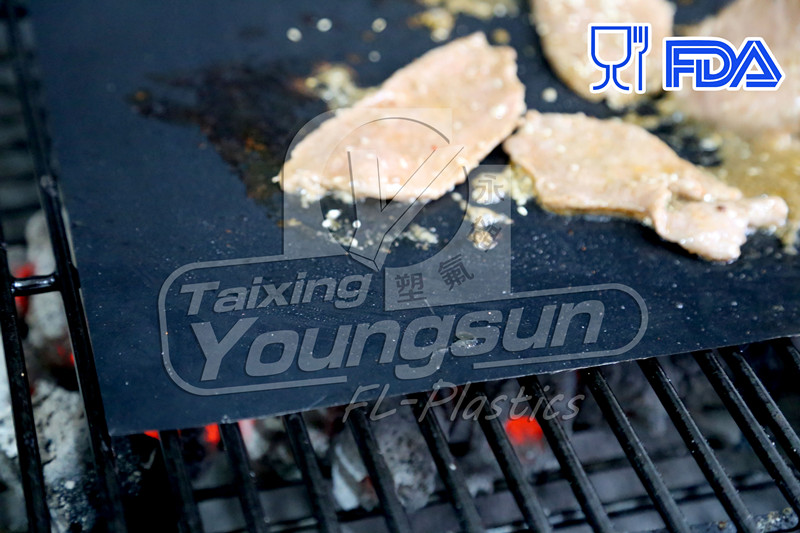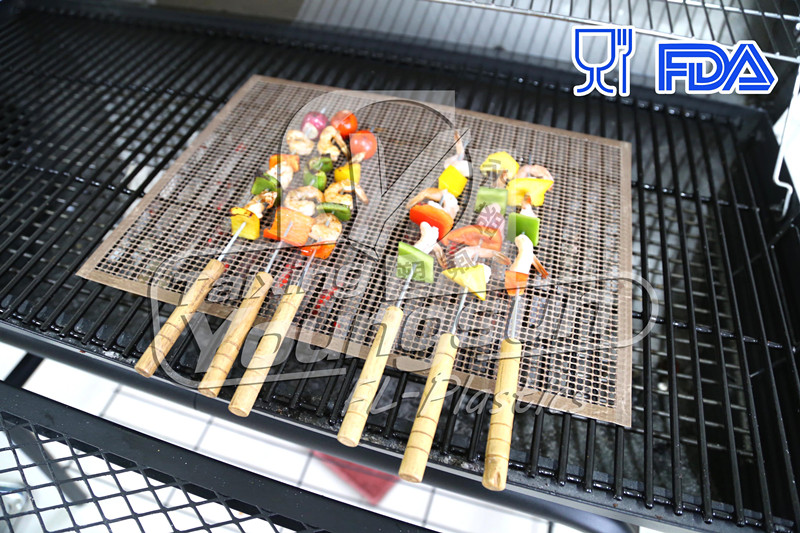In lithographic offset printing, the amount of water on the layout has a significant impact on blotting transfer, overprinting, ink balance, drying, plate life, paper collection, and ink gloss. Therefore, how to control the amount of water in the layout to the best state has become a concern for printing operators.
The consumption of ink in offset printing is relatively fixed and easy to control, but relatively speaking, the control of the amount of water is not so easy. The main reason is attributed to the large fluidity of the water and its easy evaporation. There are many ways to consume water, plus water shut-down, idling of the machine, and changes in environmental conditions. Then, there is no definite standard for the size of the layout water, and we need to understand some decisive factors that affect the amount of layout water:
1. The area and distribution of the plates on the plates. Under normal circumstances, the size of layout water is proportional to the size of the graphic area.
2. The thickness of the imprinted ink layer and the nature of the paper. The layout water volume increases with the increase of the ink layer thickness. In addition, the alkaline paper needs more water than the acid paper, and the coated paper requires a smaller amount of layout water than the offset paper.
3. The nature of the ink and the size of the emulsification value. When printing with dark ink, the amount of water on the layout is slightly larger than the light color ink. When printing color, the water consumption of the four inks is M>K>C>Y. In addition, in the deployment of ink, a certain amount of dry oil is generally added as an auxiliary agent, and the amount of water should increase with the increase of dry oil addition volume.
4. Machine speed. The faster the machine is, the smaller the water consumption is.
5. Temperature, humidity, and ambient air flow. When the working environment humidity is less than 65%, the water consumption can be appropriately increased; when the working environment temperature is higher than 26°C, the water consumption should also be increased as appropriate.
6. The thickness of the grains on the surface of the plate. The coarser surface of the plate used for water consumption is slightly larger than the plate for fine sand.
7. Plate types and surface properties. When using a zinc oxide plate for printing operations, the amount of water used is higher than that of the PS plate.
We can only better understand the above points in order to better control the amount of water in the layout, so as to ensure the smooth progress of printing operations and produce high-quality prints.
In addition, because there are many variables that affect the amount of water on the layout, it is important to pay attention to the change in the amount of water on the layout and correctly identify the amount of water in the layout during the printing process. Here are some of the more practical ways to identify the size of the layout water:
1. Observe the surface of the printing plate. If the plate is shiny, it means that the layout water is too large.
2. When the amount of water on the layout is large, a certain amount of water will be transferred to the ink roller. Therefore, when water droplets are visible in the ink fountain or on the ink roller, the amount of water in the layout is excessive.
3. When the amount of retained water on the ink film surface is too large, there are water droplets when the ink scraper scrapes ink, the ink is not easily uniform, and the ink transfer roller slips, etc., indicating that the amount of water on the layout is too large.
4. There are many ink deposits on the ink roller, the ink is thick, and the sound is very loud when the ink roller is separated, indicating that the layout water volume is too large.
5. Blotting ink is light, even if the amount of ink added is not easy to deepen the ink in a timely manner, indicating that the layout of water is too large.
6. Before and after the printing is interrupted, because the ink roller is temporarily detached from the printing plate, the barrier effect of the water film on the ink transfer is changed. If the amount of water on the plate is too large, there will be a big difference before and after the ink color.
7. The printed sheets absorb excess water. The amount of water on both the front and back sides is uneven, and the amount of water is large. The paper is also distorted, causing curling of the paper and difficulty in the delivery of the paper.
8. There is water retention in the tip of the blanket. Excessive amount of water will drip in the water.
9. The layout does not dry after shutdown, indicating that the layout of the water is too large.
10. Install a water film thickness gauge on the machine.
Under normal circumstances, while ensuring the printing quality, the smaller the amount of layout water, the better. However, how to control the amount of water in the layout is just right. It remains to be further explored in the subsequent production practices to find a more scientific and effective way to solve the difficult problem of layout water control.
Author: room chemistry
Reprinted from: Printing Technology
Esone has all kinds of Non-stick BBQ Wares, like BBQ Mat, BBQ Mesh and BBQ Basket.
All of these products are Non-stick, Reusable and 500F Safe, with FDA & LFGB & CA 65 Certification.
BBQ Mat would help you never need to clean the grill, and BBQ Mesh would keep your food always Crispy, BBQ Basket would help you lift and turnover the food very easily, is the best tools for fried food, like chips, vegetables and so on.



Non-Stick BBQ Grilling Mat & Mesh & Basket
Non-Stick Grilling Mesh,Non-Stick Oven Basket,BBQ Grilling Basket,Non-Stick BBQ Grilling Mat
Jiangsu Esone New Material Co,.Ltd , http://www.cookware-manufacturer.com